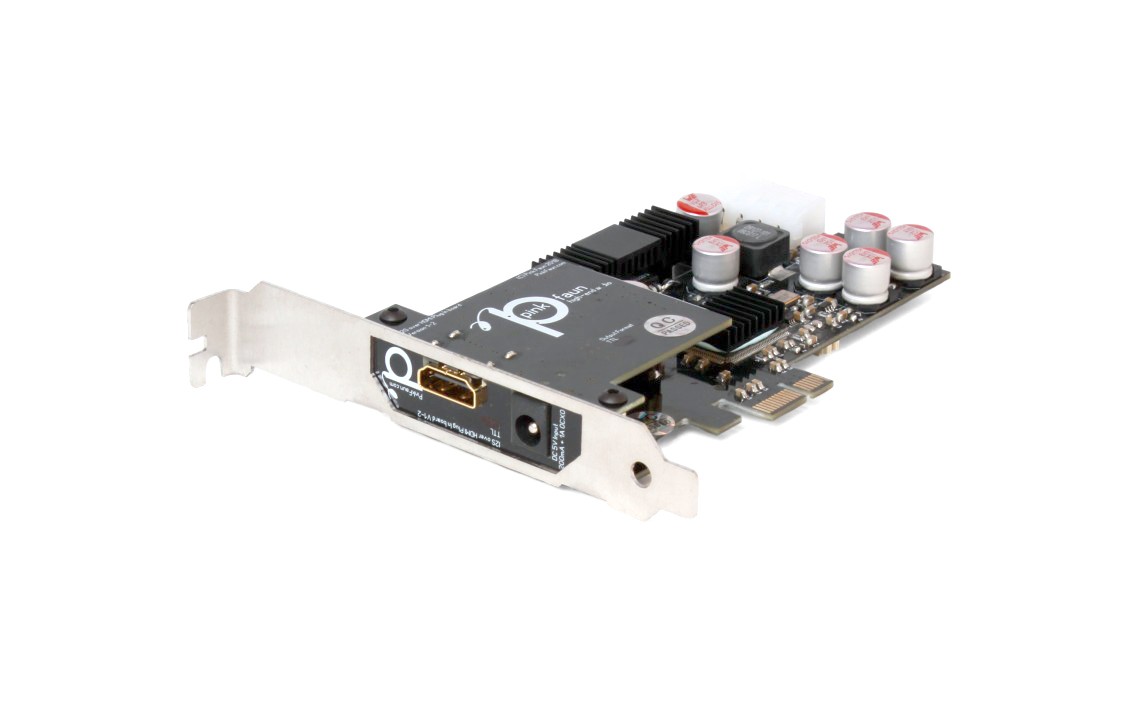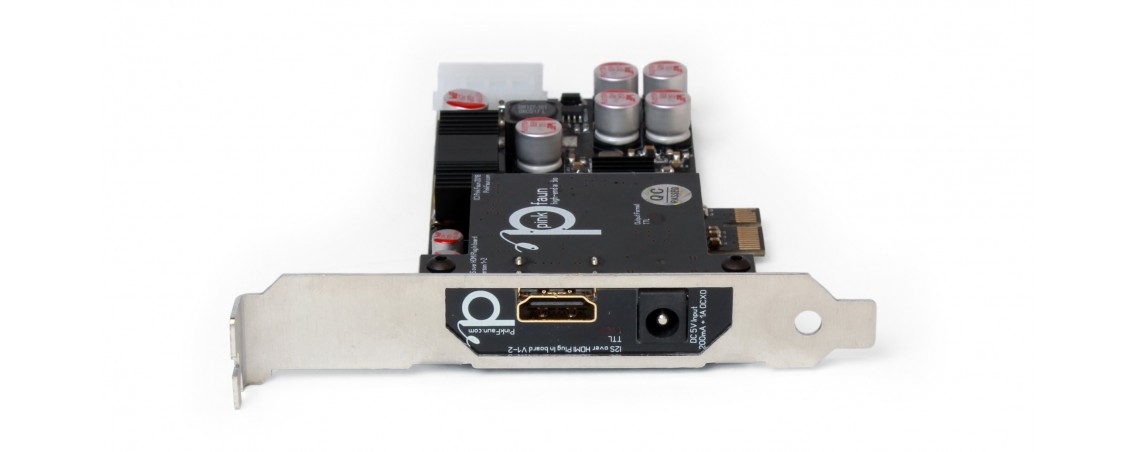I totally agree with firearm12's comment: "All said pls dont have notion that any dac with i2s input will will be better that those without. Select a dac first which can sound appealing to you. I2s is secondary. I2s should not be sole reason to get a dac."
It would be like putting the Cart before the Horse .....
To Moderators, I intend a total of 3 posts ....this is the second. < Moderator edited to 2 to improve readability>
Since each post will address a different topic and posts 2 & 3 are long, I would prefer that they be preserved as 3 separate posts rather than being telescoped into a single, tedious post.
I2S, AES/EBU, SPDIF, TOSLINK & USB INTERFACES FOR DIGITAL AUDIO
Let me attempt to clarify on the different interfaces, with a bird's eye view, and without getting very technical.
A DAC (Digital to Analog Converter) receives Digital Data for 2 separate (stereo) Audio Channels.
As an example, a CD mechanism will read (off the CD) 16 Bits of Info, 44,100 Times per second, for each channel ie 16 x 44,100 x 2 = 1.4112 MegaBits (Million Bits) per second. This data is fed to the DAC which needs to
1. Receive the Data
2. Told if its receiving the Left or Right Channel Data
3. Receive a Clock signal which acts like an orchestra Conductor, synchronising all the Data.
I2S INTERFACE
The I2S interface provides separate wires for each of these and a Ground wire. Hence 4 separate wires are used in the i2S interface to convey data to a DAC.
The I2S interface is the UNIVERSAL Internal interface for all DACs.
Since it is primarily an internal interface, its signals were never designed to be carried over long lengths of wire of from 1 box (transport) to another (DAC).
Long wire lengths with their inductance & capacitances will corrupt the digital signals.
Also running 4 wires externally is in-elegant and difficult if circuit impedances are to be maintained.
AES/EBU
The Audio Engineering Society (AES) jointly with the European Broadcast Union (EBU) standardised a THREE WIRE Interface, for external interconnection of digital signals.
All the data signals are jumbled up (multiplexed) onto just TWO wires. The third wire is ground.
SPDIF
Sony & Philips (the Joint inventors of the CD) went a step further and developed the Sony Philips Digital InterFace (SPDIF) that jumbles up (multiplexes) all the digital signals onto a SINGLE Wire carrying the signal, with the second wire (the Shield of a Coaxial Cable) being the ground. SPDIF was designed for 16/44 data transmission used in CDs
TOSLINK
TOshiba & Sony invented a low cost, suitable for mass manufacture, Optical interface that can be thought of as the optical equivalent of the SPDIF Interface.
Instead of the Electrical Digital 1s & 0s, and LED Blinks On and Off. These blinks of light are transmitted via a low cost transparent Plastic cable over distances of 5 m to 10 meters.
USB
With the widespread use of computers in digital audio, it became necessary to adopt a common computer interface for use with digital Audio & DACs.
The Low cost and widely used, 4 wire USB-1 / USB-2 interface was adopted.
The Digital Signal is adapted to be carried over a USB interface which uses 2 wires for Data and 2 wires for the Positive & negative DC power.
SUMMARY
As one can instinctively conclude, carrying all signals via their separate wires (I2S) is the best. But I2S was never designed for any reasonable length of wire. Taking special care, it can be reliably transmitted over approx.. 30 cms or 1 foot, but even that is not Easy.
AES/EBU Digital jumbles the signal, over 2 signal wires. In this respect, it is certainly worse than I2S.
SPDIF takes the Matter to the Extreme, jumbling all signals over a single wire.
TOSLINK is the optical equivalent of the SPDIF interface but provides electrical isolation between the sending and receiving boxes.
USB processes the digital signal, for carriage on 2 separate Data wires..... However, so much work and technology (e.g., Asynchronous Transmission) has gone into the USB interface that today it is the most widely used digital audio transmission interface. Also, USB-2 is capable of Very high speed data transmission, far higher than any Digital Audio signal today. Hence the USB interface has emerged as a defacto standard.



